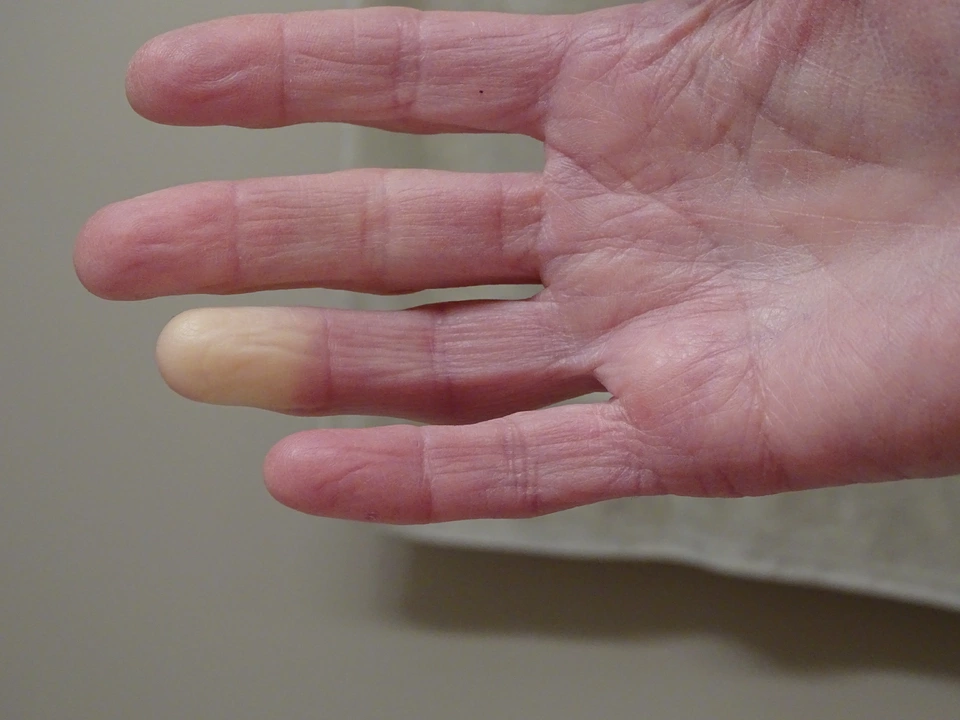Atorvastatin — what it does and how to use it safely
Atorvastatin is a statin medicine doctors use to lower LDL (“bad”) cholesterol and cut the risk of heart attacks and strokes. At higher doses it can reduce LDL by roughly 50–60%, while low doses cut it by about 30–40%. That’s a big difference for people at high cardiovascular risk.
How atorvastatin works and who might need it
Atorvastatin blocks an enzyme (HMG-CoA reductase) that helps your liver make cholesterol. Fewer cholesterol particles in the blood means less chance of artery plaque and heart problems. Doctors prescribe it for people with high LDL, those with existing heart disease, diabetes with risk factors, or very high cholesterol levels from genetics. Typical doses range from 10 mg up to 80 mg daily — your doctor will pick the dose based on how high your cholesterol is and your overall risk.
Want to know when you’ll see results? Expect to check a lipid panel about 4–12 weeks after starting or changing the dose. That tells you whether the medicine is doing its job and if dose adjustments are needed.
Side effects, interactions, and safety tips
Common side effects are mild: headache, stomach upset, and muscle aches. Muscle pain is the one to watch. If you get unexplained muscle weakness or dark urine, call your doctor right away — rare cases of severe muscle injury (rhabdomyolysis) can happen. Also avoid atorvastatin if you’re pregnant or breastfeeding.
Some drugs raise atorvastatin levels and increase side effect risks. These include certain antibiotics (like clarithromycin), antifungals (ketoconazole), and HIV protease inhibitors. Grapefruit and grapefruit juice can also raise levels — don’t drink large amounts while on atorvastatin. If you take blood thinners like warfarin, your doctor will want closer monitoring of INR after starting or changing statin doses.
Before starting, your provider will usually check liver tests. Repeat testing isn’t needed for everyone, but a baseline liver panel helps catch rare liver issues. If you develop yellowing of the skin, dark urine, or persistent nausea, get tested sooner.
Practical tips: take atorvastatin at any time of day (it works well even if not taken at night), keep a list of all medicines and supplements (especially those you buy online), and report new muscle pain or extreme tiredness. Pair the drug with diet and exercise — statins work better when you also improve lifestyle.
If you’re thinking about buying atorvastatin online, only use licensed pharmacies that require a prescription and show clear contact details. Avoid sites that sell prescription drugs without asking for a doctor’s order — that’s risky for your health.
Questions about dose changes, side effects, or interactions? Talk to your doctor or pharmacist. They can tailor the plan to your health, check labs, and help keep your treatment safe and effective.

